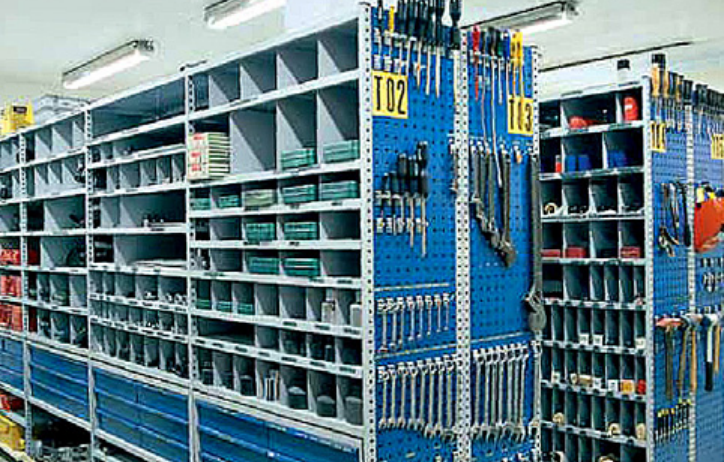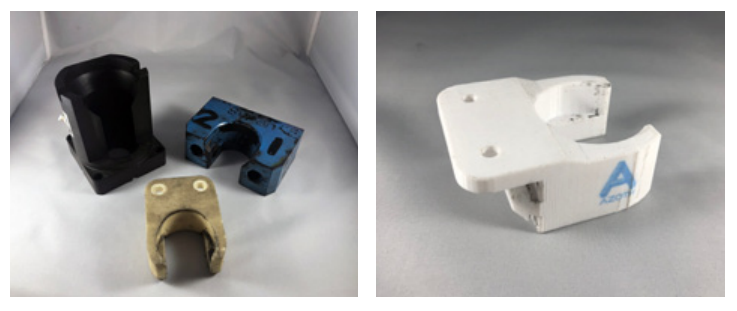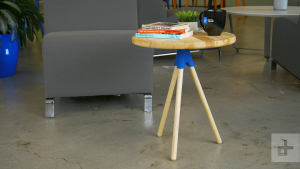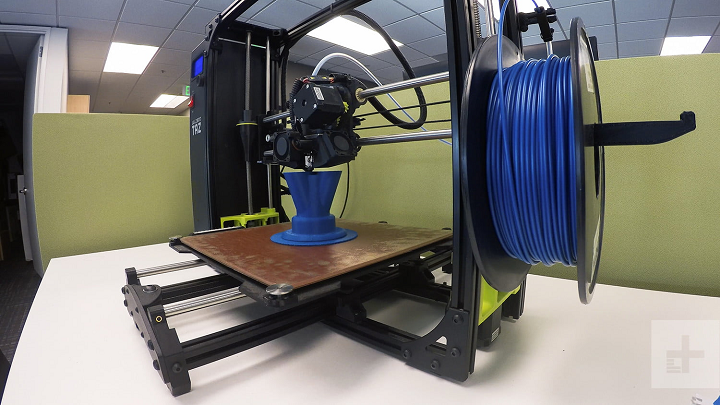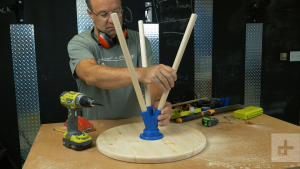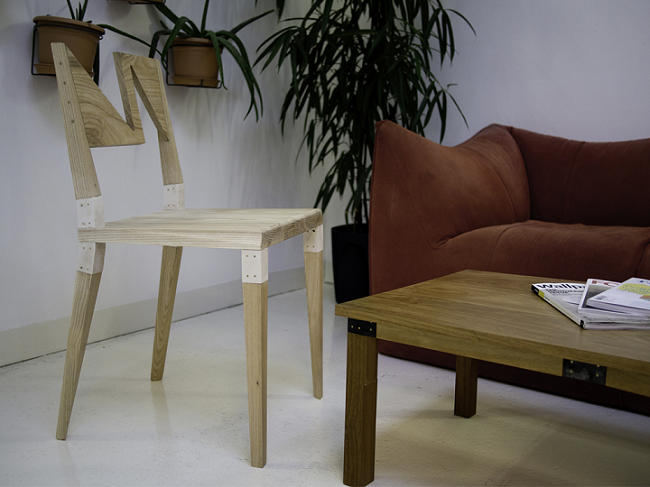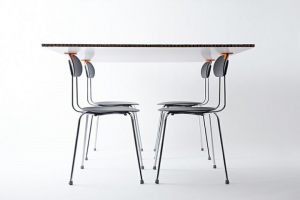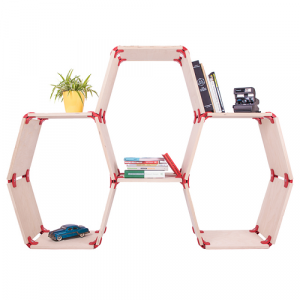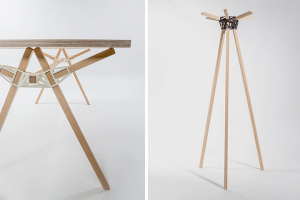 Michigan headquartered Azoth is in the business of transforming manufacturers around the world from order-on-demand to make-on-demand. Created as a subsidiary of Production Services Management Inc. (PSMI), Azoth is responsible for assisting customers in finding on-site solutions in additive manufacturing. PSMI currently works with 250 customers at their manufacturing sites, managing tool cribs (separate areas established onsite for tools, usually with attendants)—with many of these belonging to well-known car and equipment manufacturers both in the US and internationally.
Michigan headquartered Azoth is in the business of transforming manufacturers around the world from order-on-demand to make-on-demand. Created as a subsidiary of Production Services Management Inc. (PSMI), Azoth is responsible for assisting customers in finding on-site solutions in additive manufacturing. PSMI currently works with 250 customers at their manufacturing sites, managing tool cribs (separate areas established onsite for tools, usually with attendants)—with many of these belonging to well-known car and equipment manufacturers both in the US and internationally.
While 3D printing and additive manufacturing may not be PSMI’s specialty, they saw a need for creating spare parts quickly, in low volume, and especially for those that are in the process of becoming or already have become obsolete.
“We have a void in our supply chain and we really see additive manufacturing helping to fill that void,” said Scott Burk, President of PSMI. “The void exists for customers that need special one-off parts that the traditional tool and die shop would charge a lot of money for because they need to strip down and rebuild a machine to make those parts. Those usually take six to eight weeks or more in lead time, and the price is usually exorbitant.”
Recently, Azoth began collaborating with RIZE, an up and coming Boston company that has been very successful in helping customers with their needs in additive manufacturing, working with organizations like NASA, the US Army, Navy, Merck, and more. Both the RIZE ONE and the XRIZE 3D printers are unique. The RIZE ONE is a hybrid 3D printer, while the XRIZE offers a full-color desktop. And not only are they collaborating, but PSMI chose RIZE as their first technology partner. RIZIUM parts were already in supply to customers within a few months, and RIZE is now considered central to working with both Azoth and PSMI in additive manufacturing projects.
parts were already in supply to customers within a few months, and RIZE is now considered central to working with both Azoth and PSMI in additive manufacturing projects.
“Production staff are always trying to put out a fire when a line goes down due to a part failure,” said Scott. “In many cases, these widgets are so important that if one breaks, it can send an entire factory home. But now, using RIZE additive manufacturing technology, we can manufacture a range of parts they need in that facility on demand. Having RIZE 3D printers on site can mean the difference between having a one-off or small-batch part available in eight hours vs. eight weeks for machined parts.”
“Using RIZE 3D printers this way enables us to add more value for our customers and become more valuable to them. Right now, someone comes to one of our cribs wanting something and we have to begin the ordering process. With RIZE, not only can we provide the part faster, it gives us an opportunity to work with our customers on site to optimize the design of specialty and custom components. We’re completely changing the concept of the supply crib.”
The RIZE ONE 3D printer is the first to be owned by PSMI, selected due to its safety, along with the types of materials it uses. These are important considerations due to strict protocol found in most factory settings. Along with that, PSMI customers now enjoy a range of new benefits, to include:
- Manufacturing of products 50 percent faster
- Accuracy in complex parts, with ‘best-in-class’ Z strength
- Low moisture absorption
- High chemical resistance
- Ink marking capabilities for features like bar codes, logos, instructions, and more
“Today’s process for finding a legacy part is going into an archive to try to find the part information. Then, we make sure that part information is correct and reverse engineer it with a tool and die shop because the company that made the machine and its spare part are long gone,” said Scott. “With a QR code embedded within the 3D printed part, I can scan that part and know every little detail, what iteration it is, when the last time we made it was, etc. All of that can be easily put on that QR code. Now, that information is never lost.”
Currently, Azoth engineers are able to create items such as the following:
- Custom polyurethane seal molds
- Drilling templates
- Gages
- Torque gun holders
- Stamping fixtures
- Shelf caps
- Precision arbor holders
- Grippers
- Pulleys
“The RIZE printer has already been so helpful,” said Scott. “We’ve been finding a lot more uses we didn’t even think about. We will be ahead of the curve, proving the Digital Tool Crib concept with RIZE.”
No matter what level you are operating at with design and 3D printing, the benefits are enticing—from greater affordability to speed in turnaround, not to mention the ability to cut out the middleman when changes need to be made—and sometimes there can be many, leading to exponential time and money spent if you are not in control of production. Industrially speaking, however, 3D printing can shave major bucks off the bottom line and improve efficiency like never before. There is also often the chance to create parts that would not have been possible without the advent of 3D printing and additive manufacturing.
What do you think of this news? Let us know your thoughts! Join the discussion of this and other 3D printing topics at 3DPrintBoard.com.
Source / Images: RIZE]

